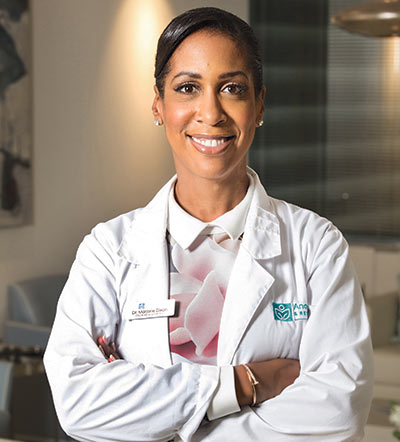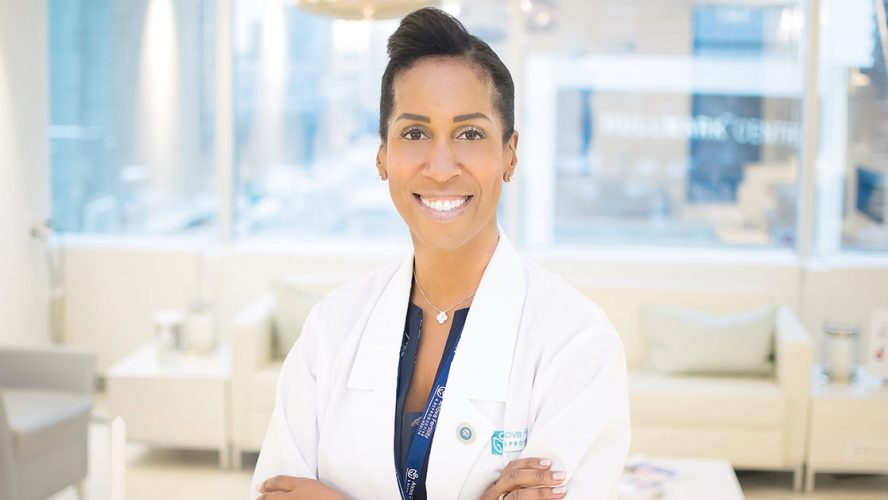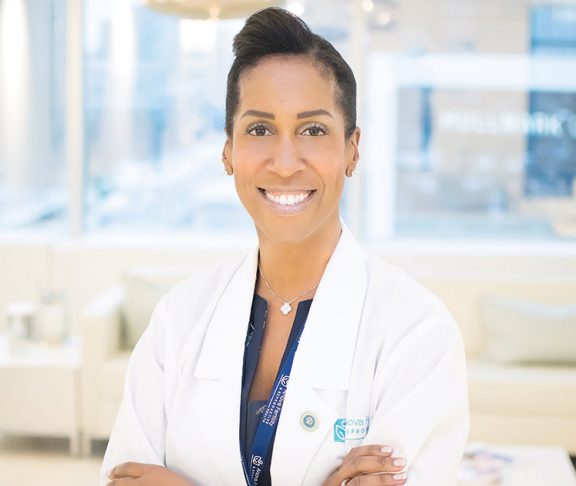As a reproductive endocrinologist in infertility and CEO of Anova Fertility & Reproductive Health, Dr. Marjorie Dixon is on a mission to share a maximum of knowledge and information with her patients about the many options available, so they don’t have to suffer in silence. There are many pathways to creating a family and every individual has different needs. As such, a customized and human approach to the journey is designed to best fit each and every future parent.
The approach really has to be individualized […] so it’s not a one-size-fits-all process.
Dr. Marjorie Dixon
Tailored fertility options for each person’s unique needs
Though many fertility treatments, technologies, and procedures exist on the market, they don’t work for each individual in the same way. This is because so many components — like both patient and partner’s medical history, ovarian reserve, medications, sperm health, past surgeries, and infection, all of which affect the success or failure of a fertility plan. “The approach really has to be individualized with all of these components factored in, so it’s not a one-size-fits-all process,” says Dr. Dixon.
[the_ad id="9694"][the_ad id="9699"]
Within the in vitro fertilization (IVF) process, there are many components that are geared toward a variety of issues that individuals experiencing infertility may benefit from. Anova uses specific treatment modalities to target a patient’s individual needs. Closed-circuit monitoring systems maintain appropriate oxygen levels for optimal embryo growth by preventing the need to retrieve embryos for monitoring. For those who have recurrent implantation failure, a special type of cell media is used in the fertilization and embryo transfer process, ultimately enhancing implantation and increasing the chances of a successful pregnancy.
More options for minor surgery
Anova’s new minimally-invasive surgical unit uses advanced technologies to perform surgical procedures under conscious sedation rather than general anesthesia. “We can do things like myomectomy or endometrial ablation for uterine fibroids, hysteroscopy, and dilation and curettage (D&C) all on a walk-in walk-out basis,” says Dr. Dixon. “Recovery time is minimal so that our patients can quickly continue to work towards their family planning goals again.”
For a woman under fertility care needing to have a fibroid or polyp removed, it means not having to wait six months to a year for an appointment or delaying family planning. “She can have the procedure done at the clinic and then proceed immediately to her fertility treatment,” says Dr. Dixon.
[the_ad id="9696"]


